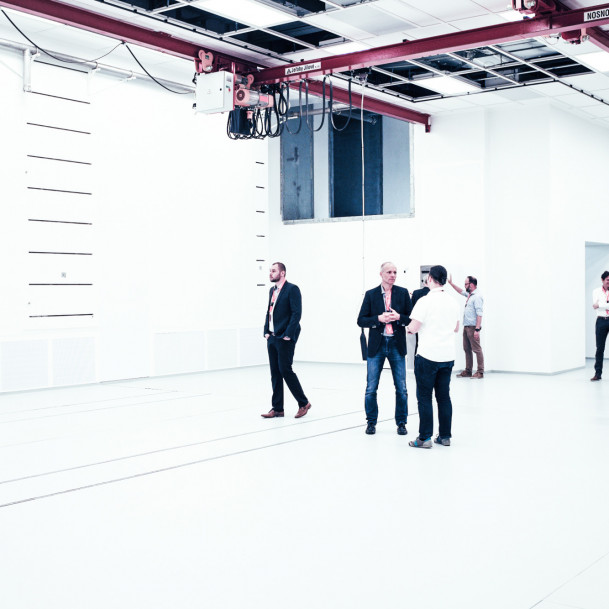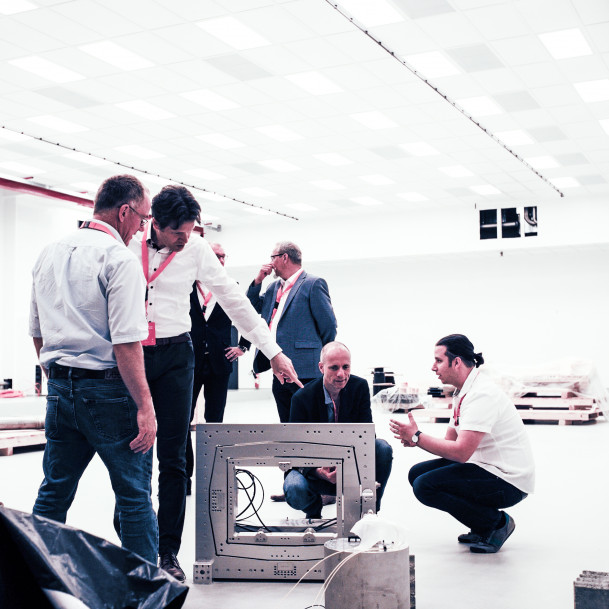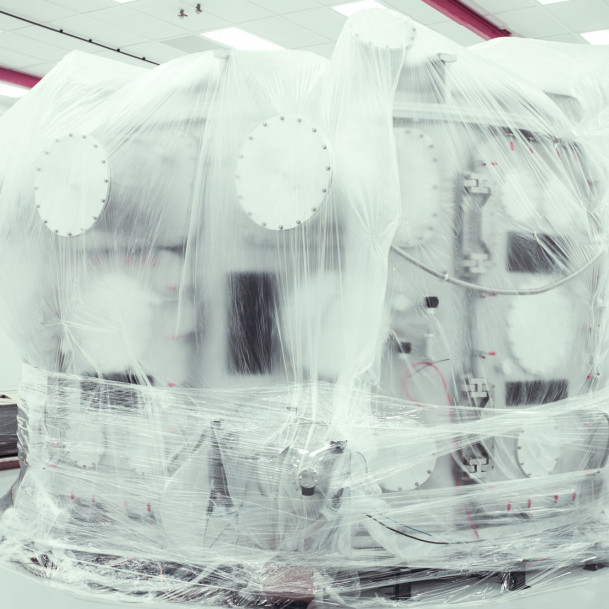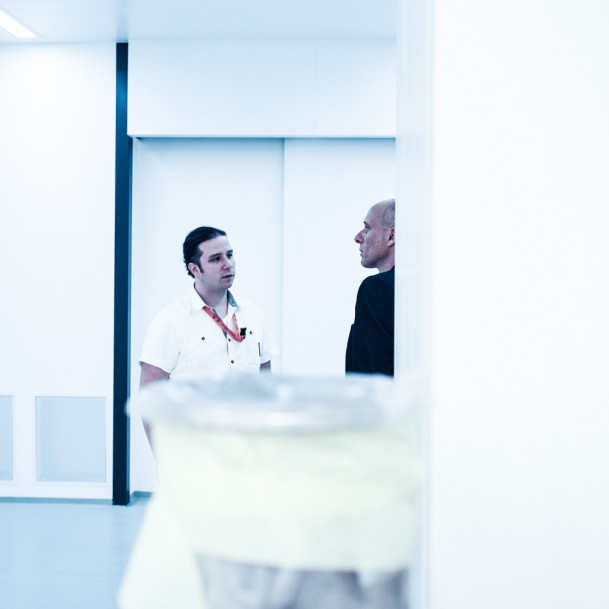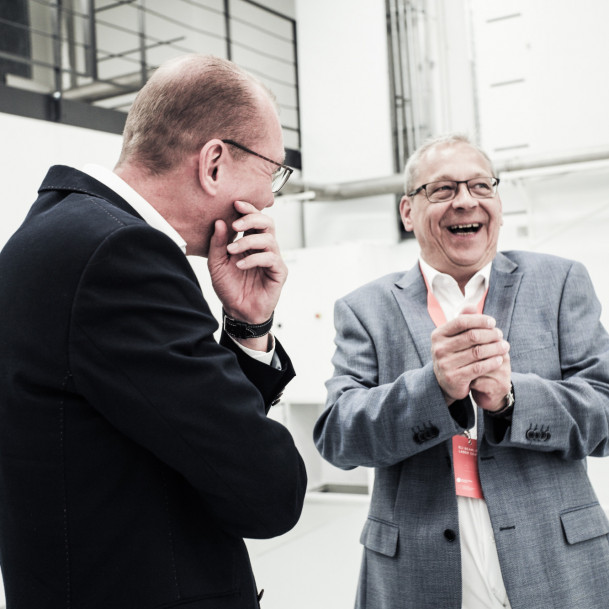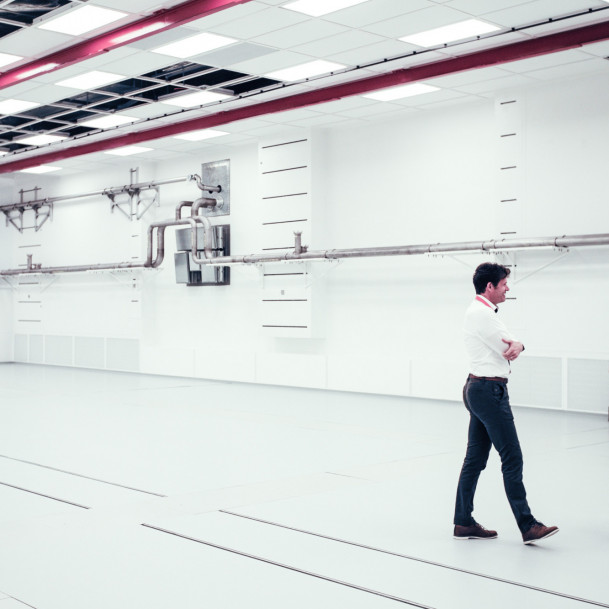R&D International
The first R&D cooperation projects between the Czech ELI Beamlines Institute and two companies from the region will start in July. The German Federal Ministry of Education and Research (BMBF) is funding the two projects with more than € 2 million.
Everyone at the Wetzlar Network was beaming with joy when the Network was admitted into the funding program “Internationalization of High-End Clusters” of the German Federal Ministry of Education and Research (BMBF). But there was still a pile of work to do for the people in charge. After an intense phase of preparations and applications, the first R&D cooperation projects are now entering the phase of implementation. The German Ministry will fund the two projects with more than € 2 million. “This is gorgeous.” André Noack who coordinates all measures and activities in the context of the funding program for Wetzlar Network is pleased: “The funding makes a substantial contribution towards the success of the projects. And it comes with the specific goal to facilitate commercializing and marketing the results of the development cooperation.”
International R&D projects with companiens in the region
In specific terms – provided that it is allowed to be concrete about sensitive development projects at all – this is firstly about the development of an ultra-fast high-resolution X-ray camera. To which the medium-sized company Brückmann Elektronik is an active party. The parameters for an X-ray camera with up to 1000 frames per second (fps) were specified in cooperation with the ELI-Beamlines Institute. At the Optics Center Wetzlar, a novel radiation resistant zoom lens matching these parameters is to be developed. In turn, the Czech partner RIGAKU will develop a new ultra-fast pulsed X-ray source for the same purpose. The X-ray system resulting from the developments is intended for applications both in the fundamental research sector and in the scope of industrial utilization (such as quality assurance in printed circuit board production). “In the course of the development project we gain new know-how in the field of camera technology and FPGA technology,” Tim Stroh, business administration manager of Brückmann Elektronik, says, “this will broaden our knowledge and provide us with expertise in absolutely new business areas.”
The second project is directed at a new process for high-precision wavefront metrology. Central point is the DHS sensor (DIOPTIC Hartman sensor) developed by DIOPTIC which is able to measure the topography or more specifically the wavefront quality of high-performance laser mirrors. For this purpose, the optics specialist DIOPTIC developed a patented operating principle. “The exchange with the ELI-Beamlines Institute has already been very stimulating for us, and we are quite optimistic that we will achieve a promising result,” Jean-Michel Asfour, managing director of DIOPTIC, explains. “The international cooperation gives us a lot of positive impetus.” This also applies to the cooperation with the development partner MEOPTA who got on board in the fall of 2018. Also involved in this cooperation is the Optics Center Wetzlar which develops a numerical model for the DHS sensor intended at optimizing the efficiency of the sensor.
Projects that serve as models
Both projects unlock innovative potential and create competitive advantages for the companies which they could not exploit under their own steam or only with great effort. They benefit from the professional competence and the technical equipment and facilities of the Optics Center and not least from the research interest of the ELI-Beamlines Institute which explicitly includes the economical utilization of inventions and developments. “The conditions for international cooperation in the funded projects are downright ideal,” network manager Ralf Niggemann points out, “the projects serve as models and demonstrate how to create successful development cooperations for medium-sized companies.”
www.brueckmann-gmbh.de
www.dioptic.de
www.eli-beams.eu

